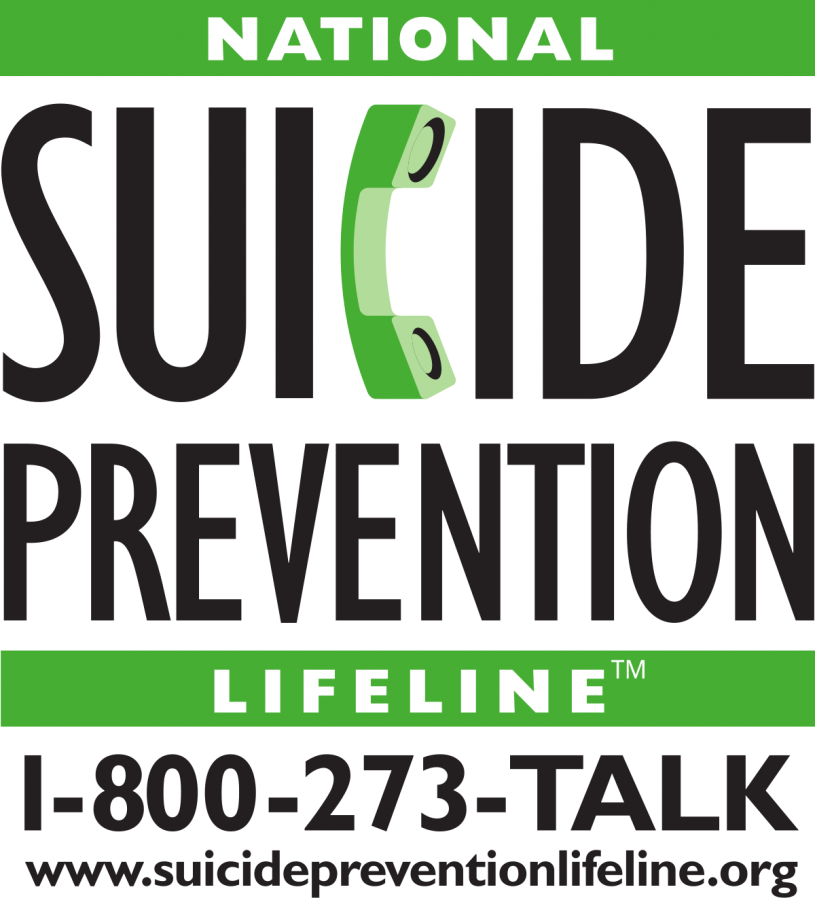*Suicide* Avoiding tragedy: Suicide prevention month raises awareness
September 24, 2021
Suicide is one of the top five leading causes of death among teenagers. According to the World Health Organization, more than on average every year, more than 700,000 people commit suicide.
“Suicide and suicide attempts cause serious emotional, physical, and economic impacts,” states the CDC.
Suicide has been a large problem for many years, in the age range of 10 through 34, suicide is the second leading cause of death. “The rate increased on average approximately 1% per year from 1999 to 2006 and by 2% per year from 2006 through 2018,” says the CDC.
Suicide is very common for high schoolers, and even adults as well. “The age bracket, and high school, it is from 15 to 18, is the third largest bracket of people that kill themselves, via suicide in the nation.” states health teacher Jacquelyn Williams.
The American Academy of Child & Adolescent Psychiatry states, “Among teenagers, suicide attempts may be associated with feelings of stress, self-doubt, pressure to succeed, financial uncertainty, disappointment, and loss. For some teens, suicide may appear to be a solution to their problems.”
According to the CDC, “In 2018, the suicide rate for males was 3.7 times the rate for females (22.8 and 6.2, respectively).” From 1999 through 2018, the suicide rate for females was the lowest for the ages 10 through 14, says the CDC.
Suicide could happen to anyone, they can look perfectly fine, but have suicidal thoughts and feelings. Suicide happens to people of all ages, race, ethnicity, and economic statuses. “Most suicide attempts are made by people who don’t truly want to die, but they are having trouble coping and need support to learn how to live,” Shelly Sparks.
Williams states that there are, “Tons of warning signs that are there to predict, a lot of us just ignore them.”
The signs of suicide are commonly as seen as symptoms of depression. Signs to look for when you think that someone is suffering from depression include, increased anxiety, unnecessary risk-taking, problems focusing, and many more.
There are also lots of other warning signs as Williams says, “Giving away things, talking about it, hinting about it, writing about it, idolizing death and talking about that.” Sparks also comments, “People often talk about being hopeless or having no purpose in life.”
There are many different ways that you should talk to someone that is suicidal, as the Suicide Prevention Lifeline states, “Be direct. Talk openly and matter-of-factly about suicide.”
“Be aware of the warning signs and then be willing to do something about it, acknowledge that this is a warning sign and having the knowledge of knowing what to do about it.” said Williams.
If you think that you know someone who is thinking about attempting suicide talk to them. Try to get them to talk about it without making them feel pressured into talking. Let them open up as fast or as slow as they want to. Just be there for them.
“Show them they have someone in their corner that is there to see them, hear them, and support them!” states Sparks.
Always make sure that you are their support, but also make sure that you have someone else that can help you as well, “Get help from people or agencies specializing in crisis intervention and suicide prevention,” Suicide Prevention Lifeline.
Sparks commented, “you should reach out to a school counselor, teacher, parent, or another person for assistance.”
“Suicides among young people continue to be a serious problem.” states the American Academy of Child & Adolescent Psychiatry.
If you know someone that needs help, open up to them and reach out for help. Sparks states, “Suicide is a permanent solution to a temporary problem. We all need support and encouragement at times and people need to know they have a place to turn to get support.”

















